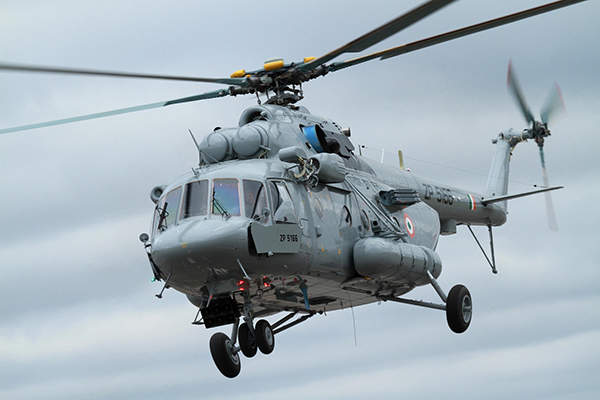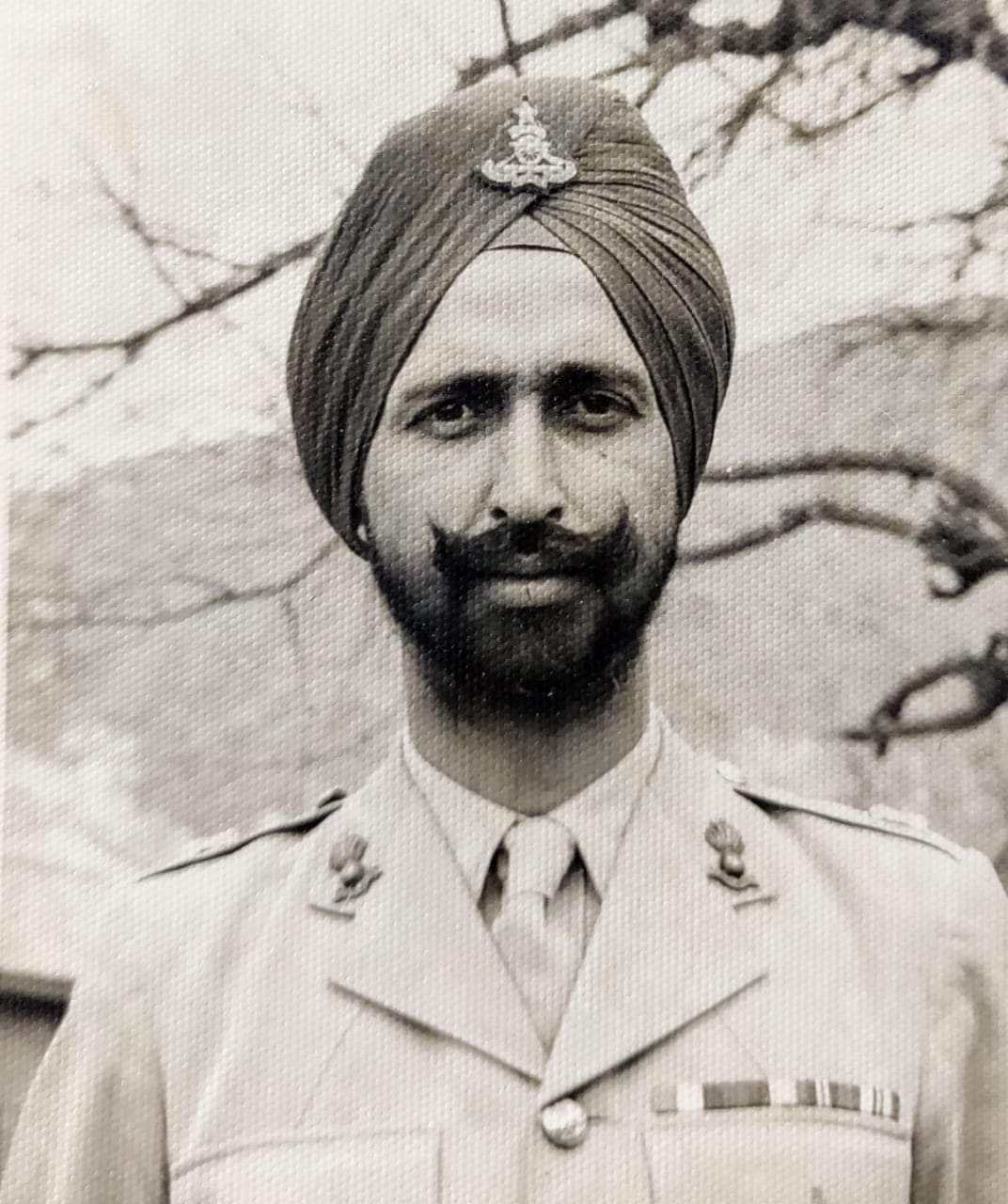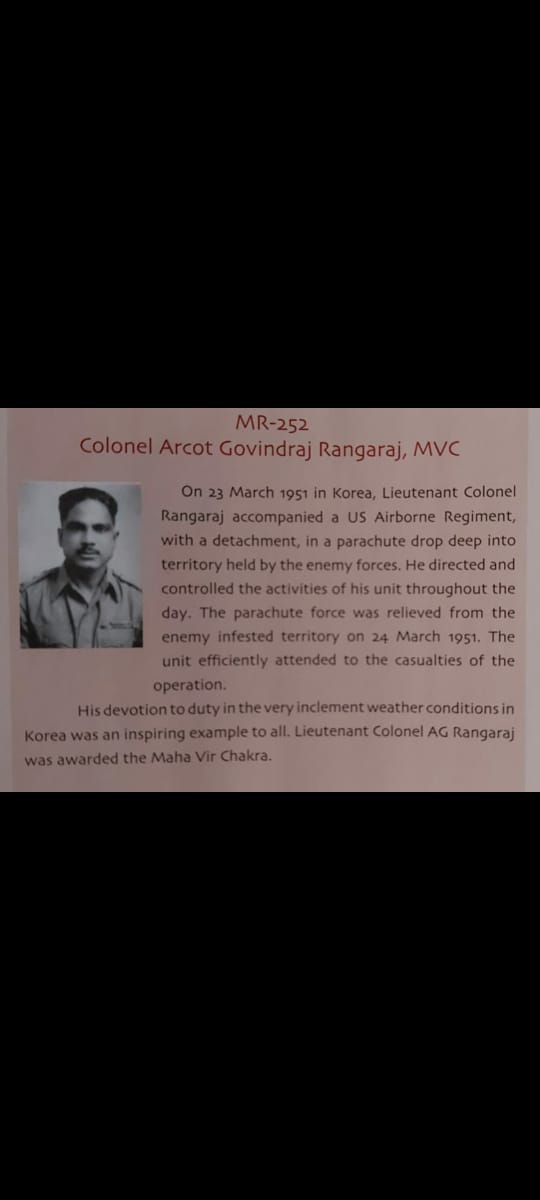The preliminary finding of the tri-service investigation into the fatal crash of the Mi-17V5, which led to the death of all 14 who were on board, including Chief of Defence Staff General Bipin Rawat, has ruled out mechanical failure, sabotage or negligence as the cause of the accident. The inquiry team said the accident was a result of the helicopter entering into the clouds due to an unexpected change in the weather conditions in the valley in Tamil Nadu, where it crashed. The change of weather led to spatial disorientation of the pilot resulting in a controlled flight into terrain (CFIT), a statement issued by the defence ministry has said.
Tag: Indian army
Learning and Change: Two Constants
Military training is about war and aviation is no different. The goal is to win. This is at a very high level and is decomposed through different levels of the organization and finally, it is about mission success. Success is further measured against well-defined objectives.
LOOKING AFTER HEALTH- POST-RETIREMENT
Post retirement is relating to the time after someone has left their job and stopped working because they have reached a particular age.
The ones who never returned.
AND THEY WHO FOR THEIR COUNTRY DIE SHALL FILL AN HONORED GRAVE, FOR GLORY LIGHTS THE SOLDIER’S TOMB, AND BEAUTY WEEPS THE BRAVE.
*फौजी का बक्सा*
by the wife of Fauji.—————————————- The fauji wife is a unique breed. Her association with the military and its lifestyle engenders toughness and teaches her skills that others may not be called upon to use. If you’re a fauji wife or know someone who is, you will identify with black color steel box which are used for storing clothes and other household items etc when an Indian soldier has to move from one place to another. While at home they turn into bed, sofa, table, storage, etc which just depends…
A Gunners Story.
THE ONLY OFFICER TO SERVE IN THE INDIAN NAVY, INDIAN AIR FORCE & INDIAN ARMY.
The Vijaynagar Decision
military transport aircraft operations to forward bases with unscdeduled CASEVAC
THE FIRST INDIAN ARMY OFFICER PARATROOPER
A paratrooper is a military parachutist—someone trained to parachute into an operation, and usually functioning as part of an airborne force. Military parachutists (troops) and parachutes were first used on a large scale during World War II for troop distribution and transportation.
The Sabji Courier
During the summer, one of the key tasks of the Indian Army is to stock up its high-altitude border posts with tents, clothing, food, ammunition and fuel for the harsh winter ahead. The heavy stocks are moved by roads while essential and high-value assets are mobilised by air. This is the just first step. Subsequently, all supplies are moved to forward bases through tough terrain with the help of locals, mules or aircraft. A soldier at these outposts is fighting three elements – the enemy, the weather and his own health. The cost of keeping each soldier at those altitudes, equipping him, feeding him and providing him with wherewith all for fighting is humongous and require Herculean effort. The story highlights the human side of the problem.
The Unknown Sikh Soldier in the Kargil War
..in the Kargil war I remember it as if it was yesterday. It was the 23rd May 1999, the Kargil conflict was ongoing. My crew and I were in Awantipur to pick up 24 casualties (20 sitting & 4 on stretchers) the casualties were seriously wounded. The age of the passengers ranged between 19-27 years. Some had deep bullet wounds, where the bullet had gone through, but he still had his legs and could sit, stand, walk, and wasn’t on a stretcher. The men who were on a stretcher were the badly…









